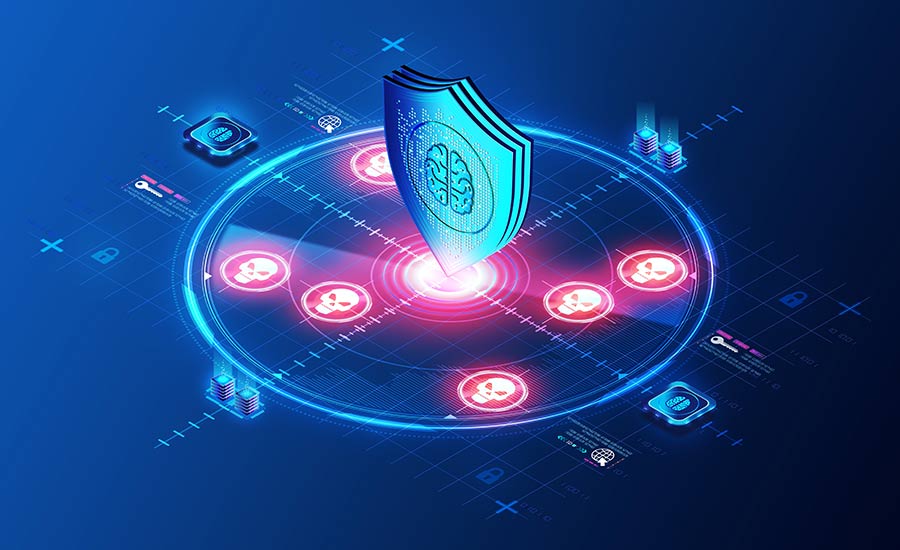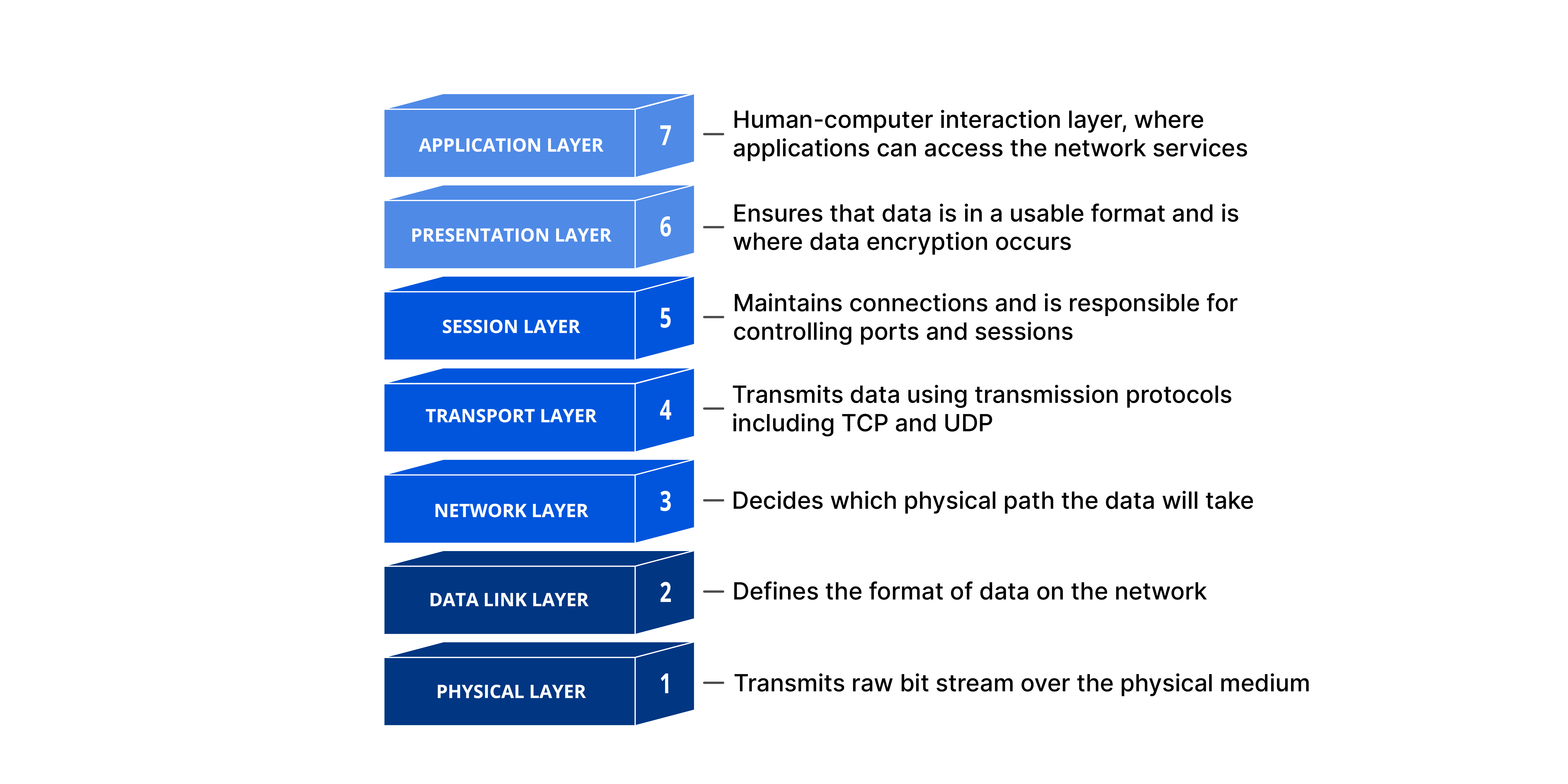There are several ways to integrate threat intelligence into an organization’s security strategy. Here are some best practices to start building a threat intelligence program.
Adopt a Proactive Approach to Intelligence
Threat intelligence can help guide security policies, allowing teams to identify vulnerabilities before attacks occur.
Teams should use threat Intelligence to inform decisions on the following:
- Restricting access permissions.
- Setting access controls to prevent and limit attacks.
- Identifying necessary updates and patches.
Threat intelligence feeds support early incident detection by helping teams classify high—risk activities and security incidents. They also help guide the response. This information is especially useful when integrated into an automated incident response pipeline because it helps predict the course of an attack. Understanding the attacker’s actions and intentions allows teams to anticipate the attacker’s next move and minimize damage.
Combine Threat Intelligence with Existing Security Solutions
Threat intelligence solutions are not very effective as standalone tools. Manually matching events in the system can be difficult. Instead, threat intelligence should be part of an automated system that defines suspicious events and behavioral patterns.
Threat intelligence integrates well with solutions like SIEM, which provide a centralized platform for monitoring and collecting security data. Combining a SIEM solution with threat intelligence provides early warnings with context for alerts.
Another solution that often incorporates threat intelligence is an incident management system, which encrypts communication between security engineers. It protects sensitive messages and security alerts at rest and in transit. The system sends alerts to the relevant engineers to quickly address security threats.
Minimize Alert Fatigue
Alert fatigue occurs when the security team can no longer respond to alerts. It results from having too many alerts flooding the team, making the security data unmanageable. Other factors contributing to alert fatigue include using different tools to collect data and setting low alert thresholds.
Threat intelligence helps filter the security data and prioritize the most critical alerts while removing the white noise. It ensures security teams never miss important notifications because they address the higher—priority issues first.
An incident alert management solution also rotates and escalates alerts based on the availability of engineers. If one engineer is unavailable, the system sends the alerts to another engineer designated by the web console administrator, helping prevent the team from burning out. It clarifies which alerts are the most so engineers can prioritize easily.




